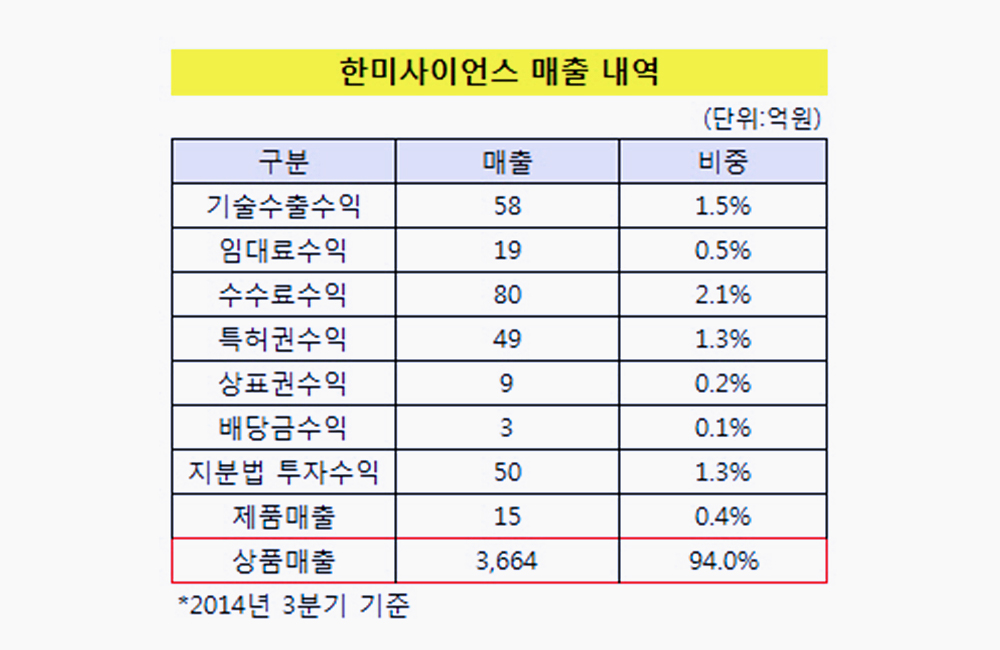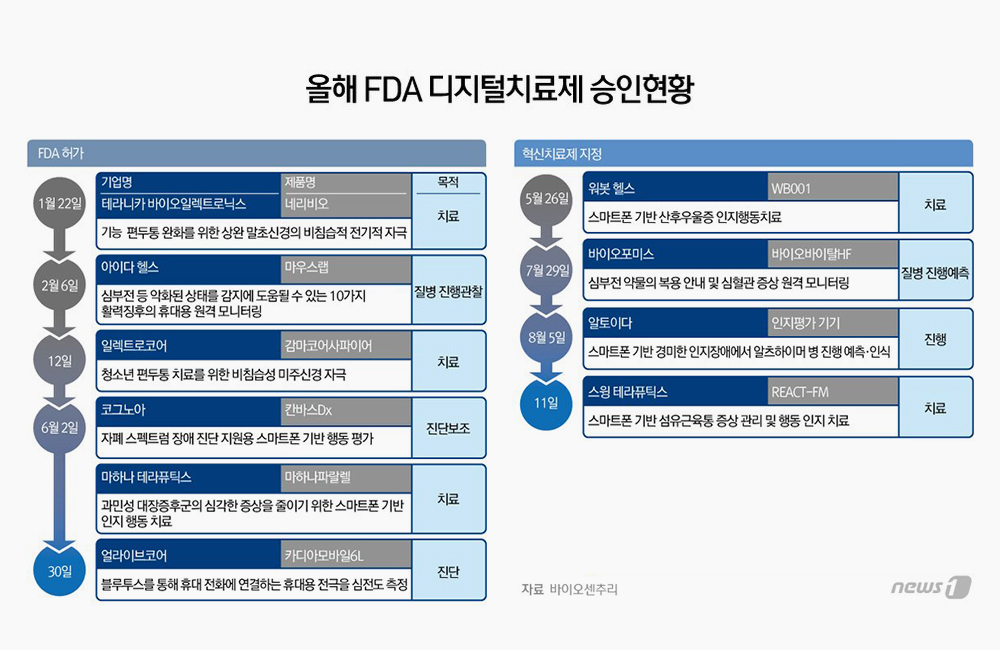AI
technology is starting to show up in care management and coordination platforms
as an avenue for interpreting data and communicating with patients, usually
through chatbots, but is it appropriate for dealing with patients in palliative
care?
In
a recent article in NPJ/Digital Medicine, researchers from Brigham and Women’s
Hospital and Massachusetts General Hospital say the platform could help care
providers with serious illness communication (SIC) by smoothing over what is
often a difficult process. But the technology needs to be integrated carefully
in a hybrid platform.
Patients
with serious illness often experience delayed SIC because clinicians are poor
at prognosticating life expectancy for terminally ill patients, usually erring
on the side of optimism,” says the January 27 article, authored by Isaac S.
Chua and David W. Bates of Brigham and Women’s and Christine S. Ritchie at Mass
General. “Moreover, systematic methods to identify patients with palliative
care needs are lacking.”
SIC
is a both complicated and delicate process. Providers first have to determine
whether a patient is in need of palliative care services, then talk to that patient
and his or her family about everything from life expectancy to end-of-life
care.
The
traditional SIC delivery process consists of a series of conversations where
gathering, interpreting, and integrating SIC data occur within a clinical
encounter followed by manual clinician documentation in the electronic health
record (EHR) post-visit,” Chua, Bates and Ritchie write. “This process can be
broken down into the following steps: determining patient eligibility for SIC;
gathering and interpreting information (e.g., eliciting and clarifying the
patient’s illness understanding, hopes, and worries); conducting a therapeutic
conversation (e.g., counseling and supporting the patient on coping with
life-threatening illness) with the goal of shared decision-making; documenting
the conversation; and making SIC documentation accessible to others in the HER.
However, each step is a potential bottleneck because the ability to initiate
SIC or make forward progress depends heavily on the clinician’s ability, skill,
and judgement.”
The
researchers point out that many clinicians lack SIC training, and there are no
clear standards to document how the process should be conducted or how the EHR
facilitates documentation. This might lead to inaccurate or uncertain diagnoses
and timelines, awkward and infrequent conversations and more anguish for
patients and their caregivers.
“In
addition to training more clinicians to be competent in SIC, a novel workflow
that addresses these barriers will be necessary to ensure that all seriously
ill patients receive timely and effective SIC that informs their care in real
time and naturally results in documentation of patients’ goals and preferences
that is visible to others,” the article suggests.
That
workflow, Chua and his colleagues write, should by a hybrid strategy that
combines AI tools in the background with in-person services that should always
be the backbone of SIC. The technology would be used to gather and interpret
data to ensure and accurate diagnosis and timeline, and to give clinicians the
information they need to have those conversations with patients.
“AI
can also streamline the SIC documentation process and potentially improve the
quality of SIC documentation via natural language processing (NLP)—a form of
machine learning designed to understand, interpret, or manipulate human
language,” the article continues. “Missing or incomplete documentation in the
EHR regarding patient preferences for life-sustaining treatment is common and
contributes to medical errors related to end-of-life care.”
“NLP
also has the potential to address barriers resulting from poor EHR design that
prevent or inhibit the extraction and flow of meaningful advanced care planning
information across the care continuum,” Chua and his colleagues continue. “In its
current state, identifying SIC documentation in the EHR typically involves a
manual chart review that possibly includes a keyword search or utilization of
note filters. NLP-enabled software that identifies free text SIC documentation
would likely reduce the time and effort clinicians spend looking for this
information and prevent inadvertent oversight of patient preferences leading to
goal-discordant care. AI-assisted chart reviews have demonstrated higher
accuracy and shorter time for extracting relevant patient information compared
with standard chart reviews.”
Finally,
the AI platform could also be helpful in giving clinicians feedback on their
communication skills, a critical component of discussing SIC with distraught
patients and family members.
Chua,
Ritchie and Bates conclude by noting AI technology can greatly benefit SIC, but
some of those benefits aren’t there quite yet. A hybrid approach that
integrates data analysis and NLP with in-person services would be an ideal
platform, improving accuracy and eliminating gaps in care while giving
clinicians more information and guidance to handle challenging and often
delicate conversations. But the technology hasn’t been tested enough or isn’t
developed far enough to be put to use in clinical situations.
“This
proposed paradigm still requires that clinicians undergo some SIC training to
capitalize on the assistance provided by AI, as well as additional research to
avoid unintended consequences of AI implementation,” they write. “That said, a
semi-automated approach to SIC delivery holds tremendous promise and would
likely improve current SIC workflow by optimizing clinical manpower and
efficiency while increasing the likelihood that these critically important
conversations will occur effectively and in a timely fashion.”









